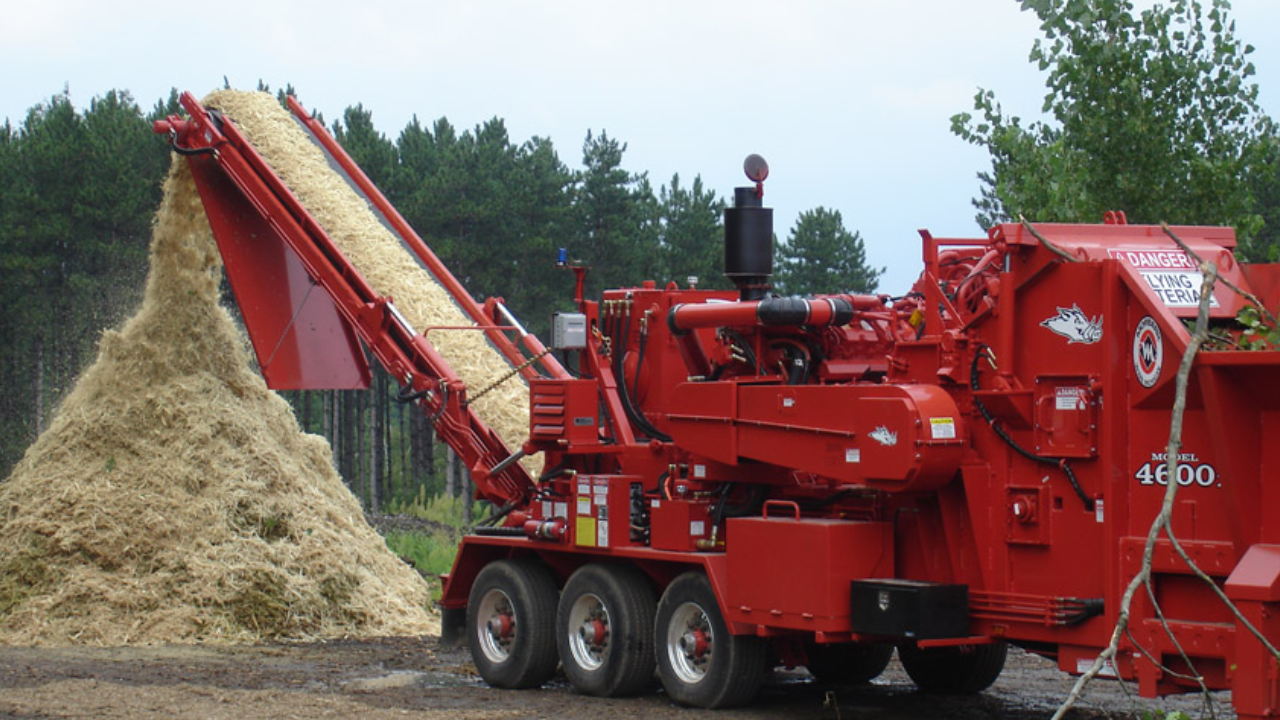Chipper blades are crucial additives in wood chippers, machines designed to reduce wood and organic material into smaller, extra-wide pieces. Chipper blades come in various designs, which include disc-style and drum-style configurations, each acceptable to extraordinary forms of chipping programs. Regular preservation of chipper blades is critical to ensuring the most appropriate performance and safety.
This includes sharpening the blades to keep their cutting side and inspecting them for signs and symptoms of damage. The right alignment of the chipper blades is also critical to reducing vibration and ensuring easy operation of the chipper. Overall, chipper blades play a critical function in the efficient processing of wood and organic material, contributing to obligations along with landscaping, waste management, and composting.
Primary Functions of the Chipper Blade
See the details below about the primary functions of chipper blades:
Cutting and Shredding
The chipper blade's primary feature is cutting and shredding wood and natural materials. With its sharp side and particular design, the blade slices via branches and logs, reducing them into smaller, practicable pieces. This is crucial for obligations like landscaping and waste control, in which huge pieces of wood need to be broken down into smaller chips or mulch. Effective reducing and shredding make certain efficient material processes easier and facilitate decomposition.
Reducing Material Size
One important function of the chipper blade is to reduce the size of natural materials. By efficiently cutting larger branches and logs into smaller chips, the blade enables easier handling, transportation, and disposal of wooden waste. Furthermore, the smaller size quickens the decomposition procedure, especially in composting programs, facilitating the production of nutrient-rich soil amendments. Continuously sized chips also contribute to the production of uniform mulch, enhancing its effectiveness in landscaping and gardening.
Facilitating Decomposition
By producing uniformly sized wood chips, which decompose more quickly than large portions, the chipper blade aids in decomposition. This is specifically helpful in fertilizing the soil, in which more modest chips separate quicker, and contribute to the production of nutrient-rich fertilizer. Extended decomposition not only enables waste control but also enriches the soil, making it more fertile for gardening and agriculture. By facilitating the breakdown of organic material, the chipper blade plays an essential role in sustainable waste control practices.
Producing Mulch
One of the key functions of the chipper blade is to produce mulch. By cutting wood and organic material into small, uniform chips, the blade creates a precious byproduct that serves as mulch in landscaping and gardening. Mulch allows soil to retain moisture, suppress weeds, and improve soil health with the aid of regularly decomposing and freeing vitamins. Consistently --sized chips produced with the aid of the chipper blade ensure the effectiveness of the mulch in enhancing the aesthetics and fertility of gardens and landscapes.
Enhancing Safety
Make sure safety is a critical feature of the chipper blade. A properly maintained and sharp blade reduces the risk of system jams and kickbacks, minimizing capacity hazards for operators. Dull or broken blades can cause the chipper to malfunction, posing safety dangers to both the operator and bystanders. Normal preservation, along with blade polishing and alignment, is essential to ensure safe operation. By enhancing safety, the chipper blade contributes to a comfortable working environment in forestry, landscaping, and gardening operations.
Improving Performance
Improving efficiency is the number one function of the chipper blade. A pointy and properly aligned blade reduces the workload at the chipper's engine, leading to smoother operation and lower gas consumption. Efficient material processing is performed as the blade effectively cuts and shreds wooden and natural material into smaller pieces. This efficiency not only saves time and hard work but also prolongs the lifespan of the equipment. By enhancing performance, the chipper blade optimizes the general performance of the chipper.
Final Words
Chipper blades are essential to the functionality of wood chippers, playing an essential function in slicing, shredding, and decreasing natural materials. Their effectiveness and efficiency immediately affect the overall performance of the chipper and the fineness of the processed material. By ensuring that chipper blades are in the ultimate circumstances, operators can enhance protection, enhance efficiency, and produce first-rate mulch and compost for diverse programs.


